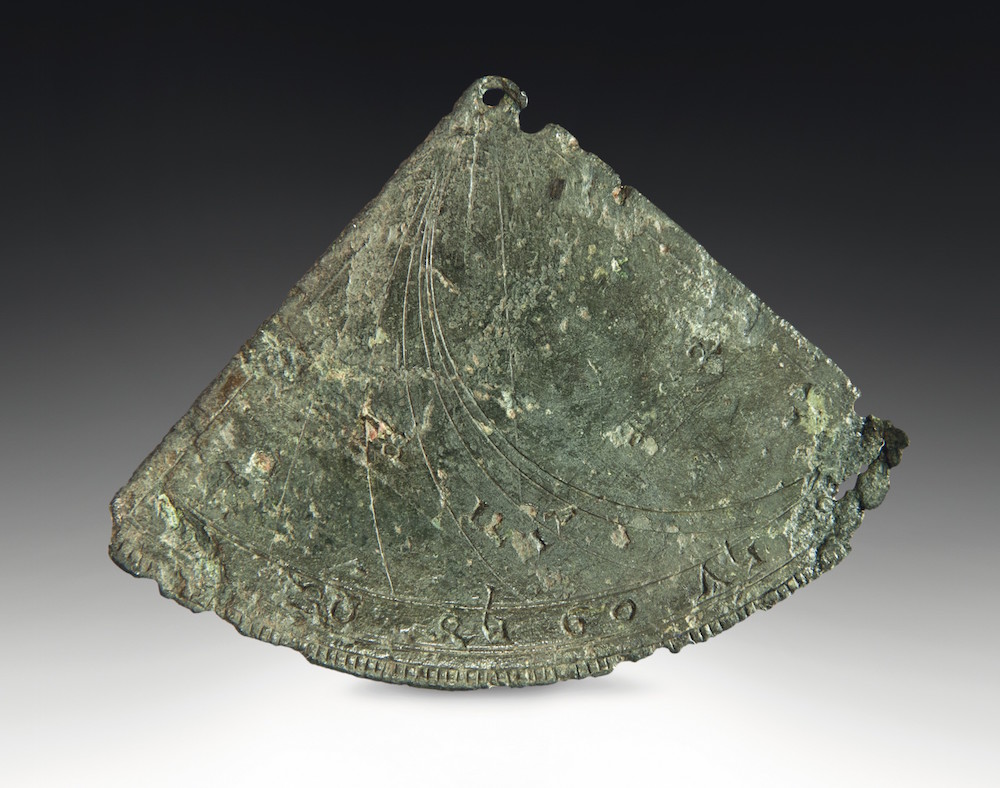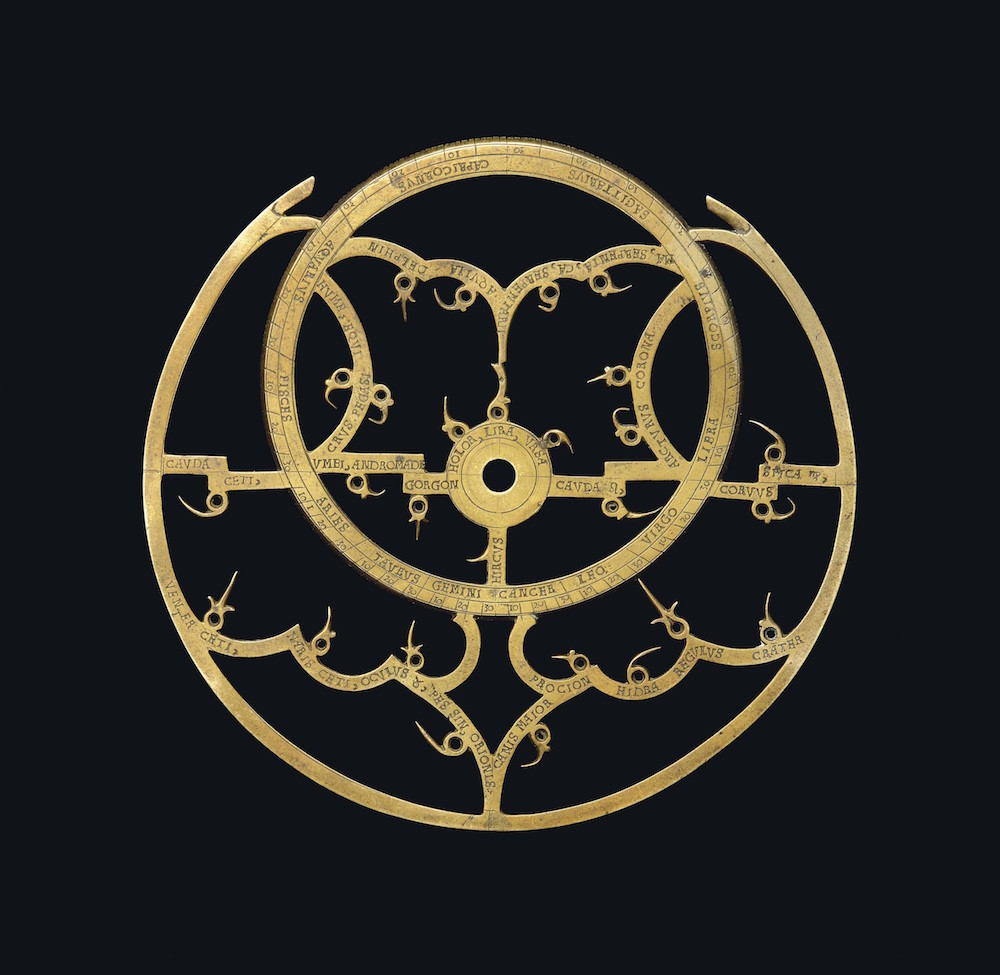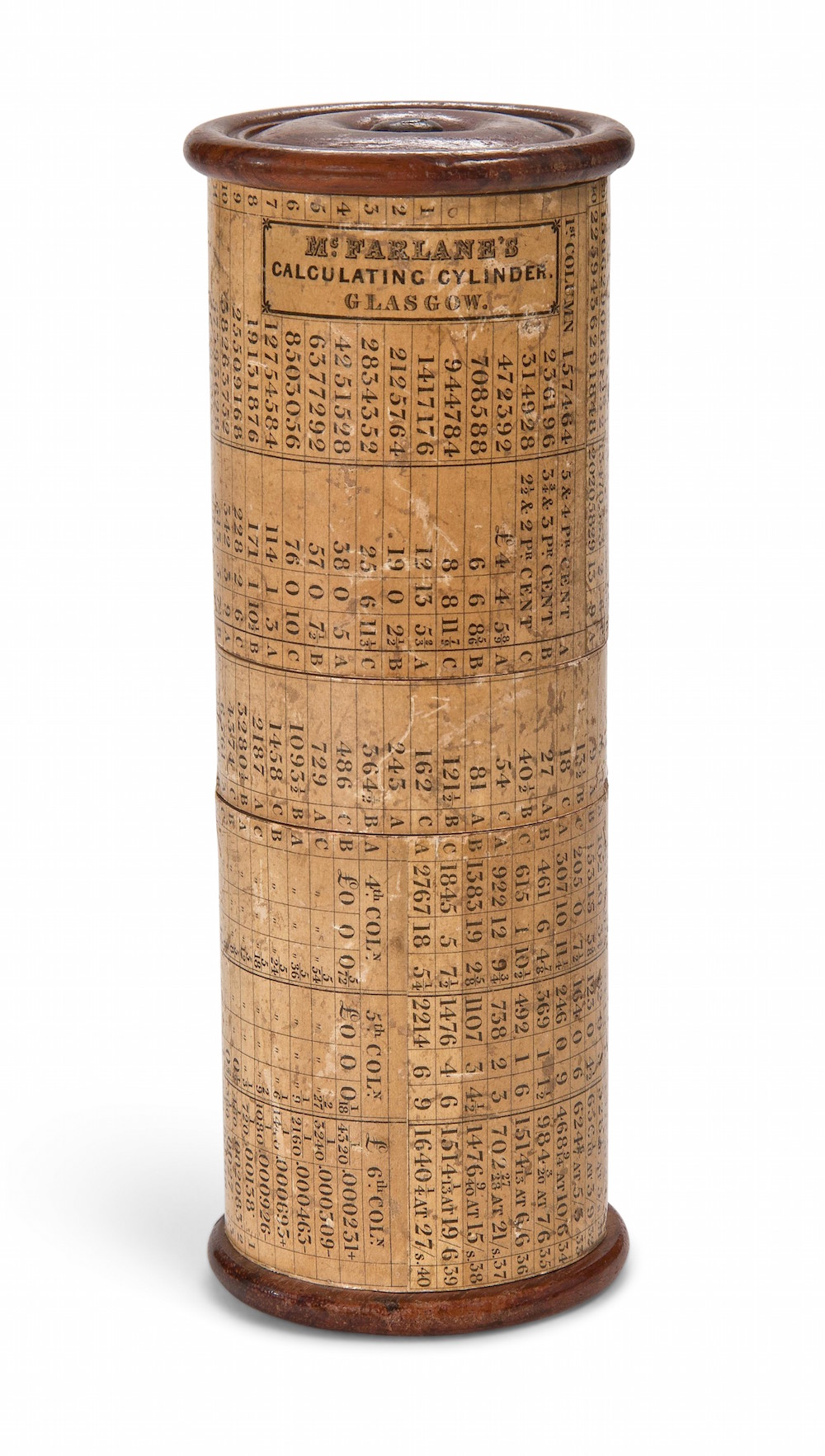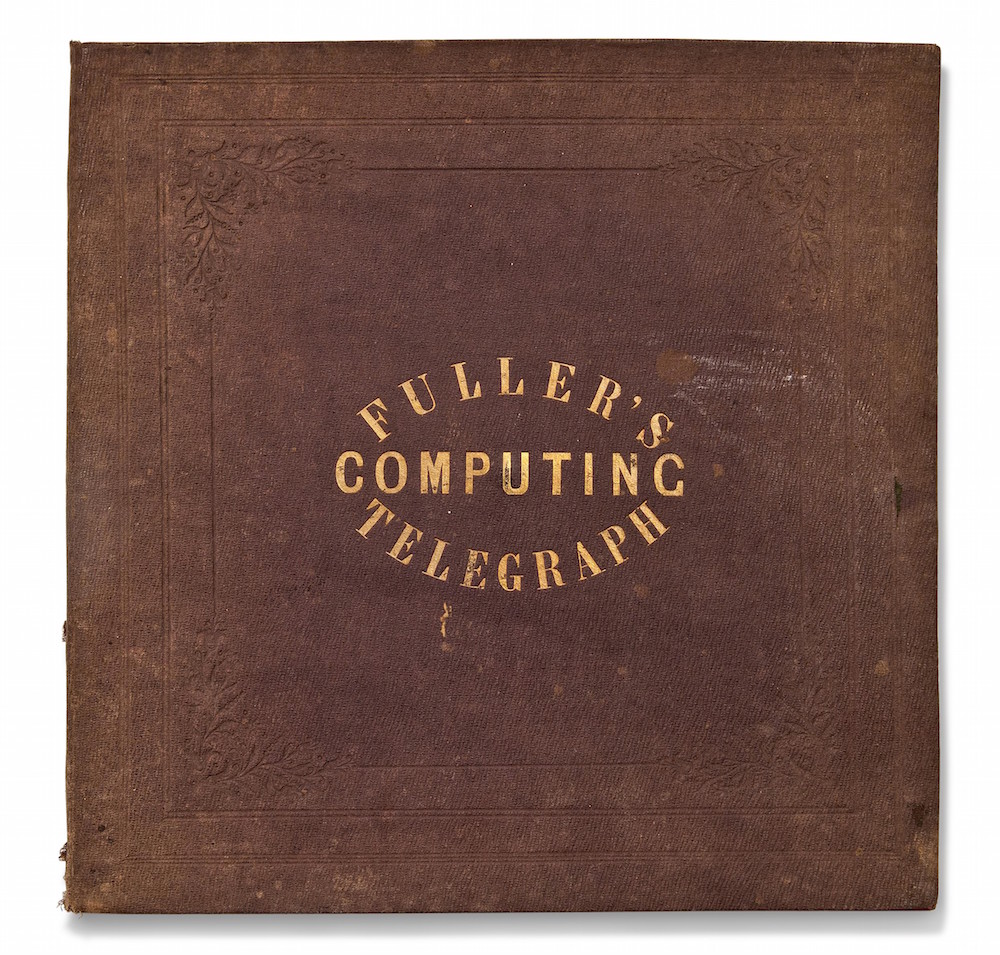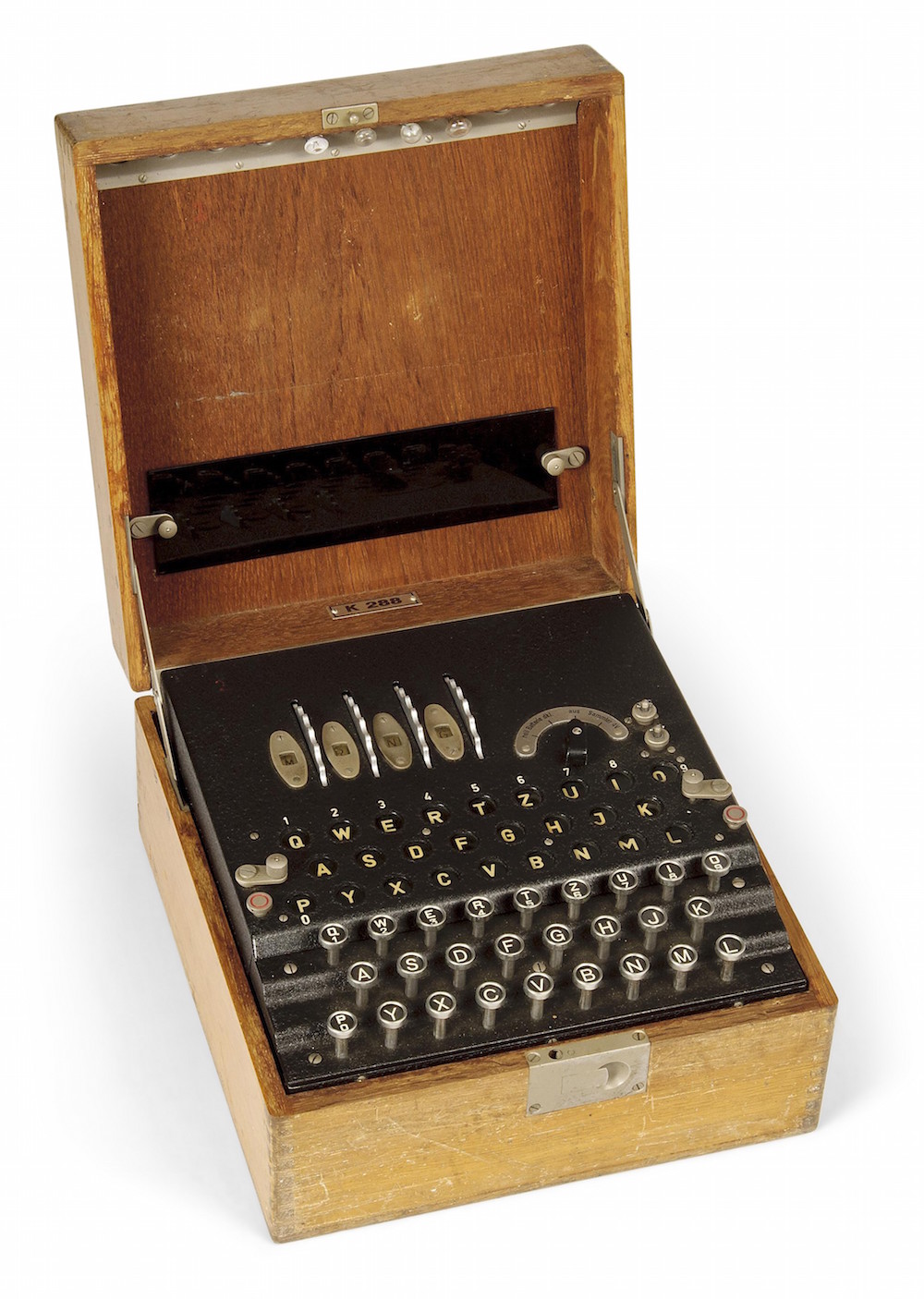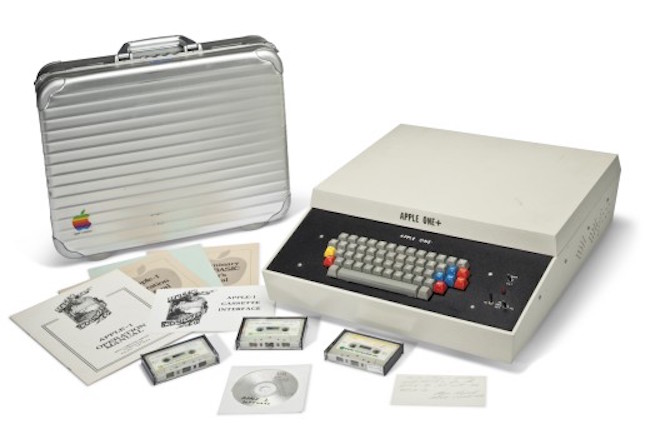Photos: Retro Computers and Calculators Up for Auction
The Apple computer that started it all, a Nazi German cipher machine and a 14th-century "clock" are among the items available for purchase in the "Seven Centuries of Science" sale, an online auction hosted by Christie's auction house in London. The sale, which kicked off yesterday (Oct. 15), features items that have advanced scientific knowledge since medieval times. Here are some of the most historically significant items up for grabs (all photos are courtesy of Christie's). [Read the full story about Christie's science auction]
Horary quadrant
The oldest scientific instrument of English origin ever to be offered for sale by Christie's, this horary quadrant likely dates back to the 14th century. Medieval sky-gazers once used the device to calculate the altitude of the sun and, by extension, the time of day.
Astrolabe rete
Another curious-looking astronomical instrument, this astrolabe rete helped 16th-century scientists keep track of the movement of the stars. This particular device dates back to 1530 and was manufactured by Georg Hartmann, a pioneer in the mass production of scientific instruments.
Cylinder slide rule
Having trouble calculating the interest on your latest investment? This McFarlane calculating cylinder could help (though a modern calculator might be cheaper). This predecessor of today's digital calculators, which is expected to sell for more than $2,600 at auction, helped 19th-century bankers solve equations involving multiplication, division and square roots.
Get the world’s most fascinating discoveries delivered straight to your inbox.
Computing telegraph
A simple square of cardboard, this computing telegraph may have been used by business owners who needed to compute intervals between dates on a calendar. Fuller's computing telegraph contains circular discs that spin around a metal pin. One of these discs boasted linear scales representing the 365 days of the year that spun around a larger disc, which also denoted all 365 days of the calendar year. The opposite side of the disc can be used as a logarithmic calculator, useful for figuring out complicated equations involving area, distance, weight and volume.
Arithmometer
This Thomas de Colmar arithmometer wasn't the first mechanical calculator ever built, but it was the first commercially successful mechanical calculator to hit the market. Sold in the mid to late 19th century, the machine could perform addition, subtraction, multiplication and division. One contemporary reviewer raved that the old-school calculator could accurately multiply an eight-figure sum by an eight-figure sum in just 18 seconds.
Enigma machine
Patented by Arthur Scherbius in 1918, this three-rotor Enigma machine was a standard tool for German military personnel during World War II. The machine used its three rotors, each of which bears the 26 letters of the alphabet (as well as several other internal components), to create coded messages. Enigma codes were considered unbreakable until 1941, when British scientist Alan Turing developed a machine that helped crack the German Enigma code. The rare machine is expected to sell for at least $93,000.
Apple-1 computer
Developed in 1976 by Steve Wozniak and Steve Jobs, the Apple-1 computer is literally the mother of all Macs. Only 50 or so of these computers are still in existence. The minimum bid for the retro machine is just under $400,000, but it could sell for closer to $800,000, Christie's auctioneers speculate.
Follow Elizabeth Palermo @techEpalermo. Follow Live Science @livescience, Facebook & Google+.


